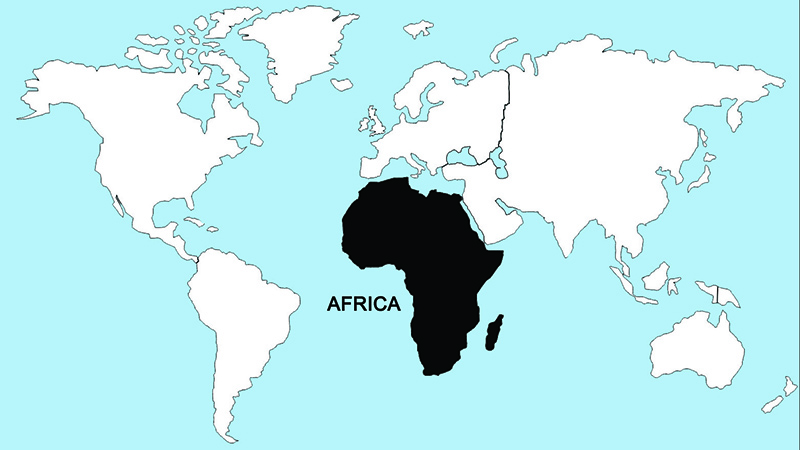African Pygmy Goose

Some people might argue that the African pygmy goose is the most beautiful of all ducks. Unlike the mandarin and North American wood duck, the male does not lose his glorious coloration when the breeding season is over. Both sexes have a stunning white speculum set off against otherwise dark green to blackish wings, chestnut flanks and breasts, and with whitish underparts and face. The male differs from the female in having a black-edged area of iridescent green on the rear of the head and upper neck, a sharply defined black crown, and a bright yellow, black-tipped bill. Often found perching on a low, partly submerged tree, this bird adds a touch of brilliant color to a tropical forest pond scene. Like other pygmy geese, it is a dainty bird, floating as lightly on the water as a brightly colored autumn leaf, and occasionally plucking seeds from a water lily, or even diving for food. It is usually found in small flocks, perhaps representing family groups. Pair bonds may be fairly permanent, inasmuch as no seasonal plumage variation exists, breeding seasons are seemingly variable, and the birds do not appear to migrate.
Nesting probably occurs during the warmer and wetter parts of the year. Nests are typically in tree hollows as high as 80 feet above ground, but have also been found in cliff holes, termite nests, and even in a cavity in the roof thatching of a hut. Surface-nesting in thick grass clumps has also been reported, so the birds may be quite flexible in this regard. The male is said to accompany the female when the pair is nest-hunting. The typical clutch-size in captive birds numbers about nine eggs, with a maximum of 12. African pygmy geese have bred only rarely in captivity, but in one case incubation was found to require 23–24 days, which is a very short time for a cavity-nesting duck.
Regions Birds Are Found

Collection Location & Year
Central African Republic 1999
Taxonomy
| Order | Anseriformes |
|---|---|
| Family | Anatidae |
| Tribe | Cairinini |
| Species | Nettapus |
| Genus | auritus |
Gender
Female & Male
References
- Johnsgard, P. A. 1978. Ducks, Geese and Swans of the World. Lincoln, NE: Univ. of Nebraska Press.
- Elliot, A., J. del Hoyo, J. Sargatal, and C. Imboden, eds. 1992. Handbook of Birds of the World. Vol. 1 (Ostriches to Ducks). Barcelona, Spain: Lynx Editions.
- Urban, E K., C. L. Fry, and S. Keith, eds. 1996. The Birds of Africa. Vol. 2. London, UK: Academic Press.
- Kear, J. 2005. Ducks, Geese and Swans. London, UK: Oxford University Press.